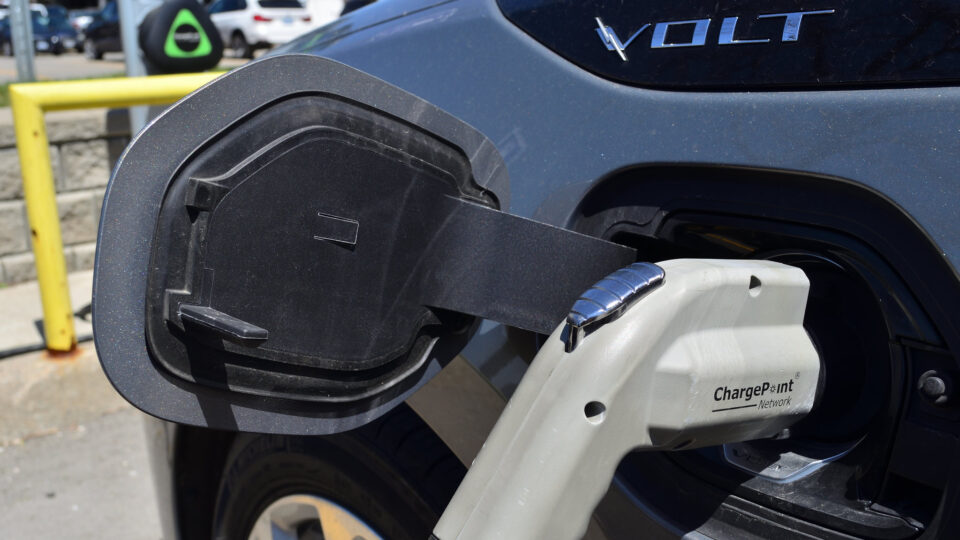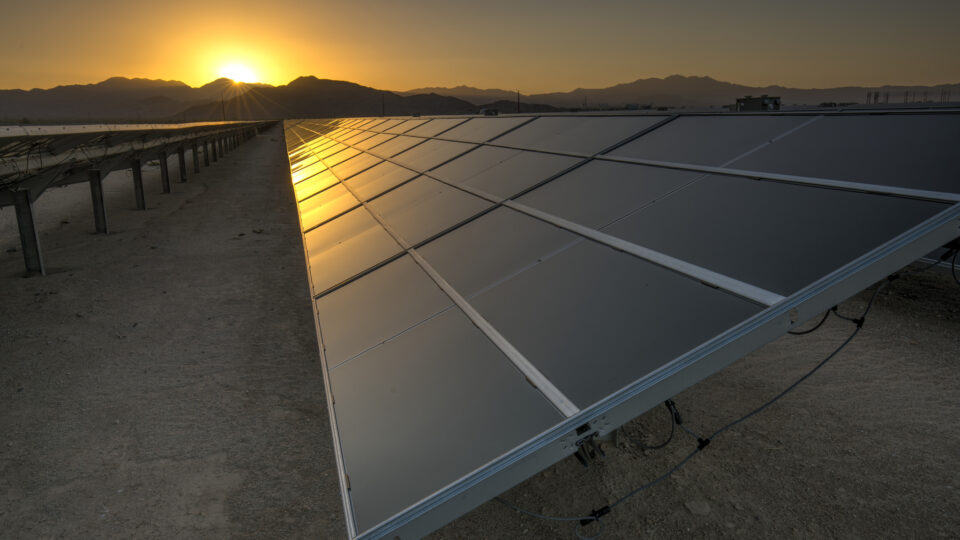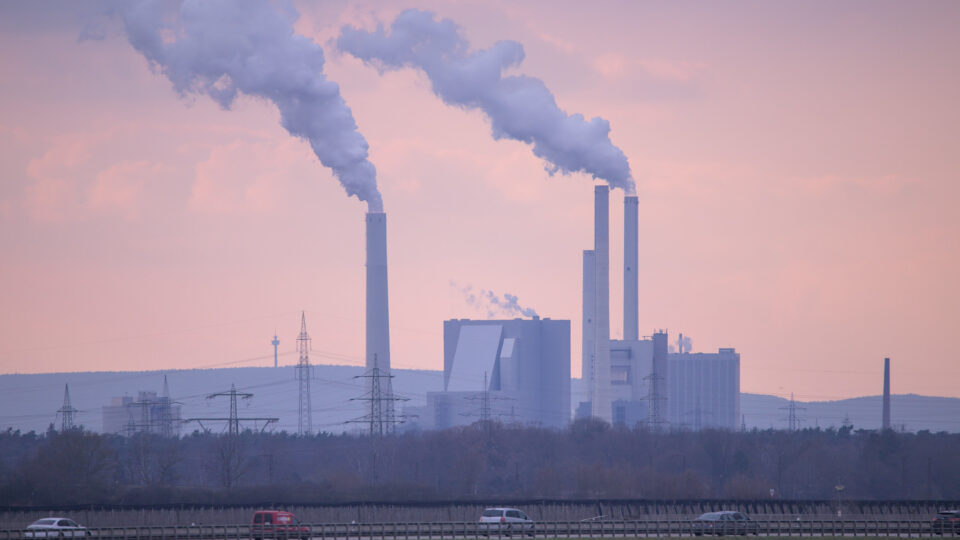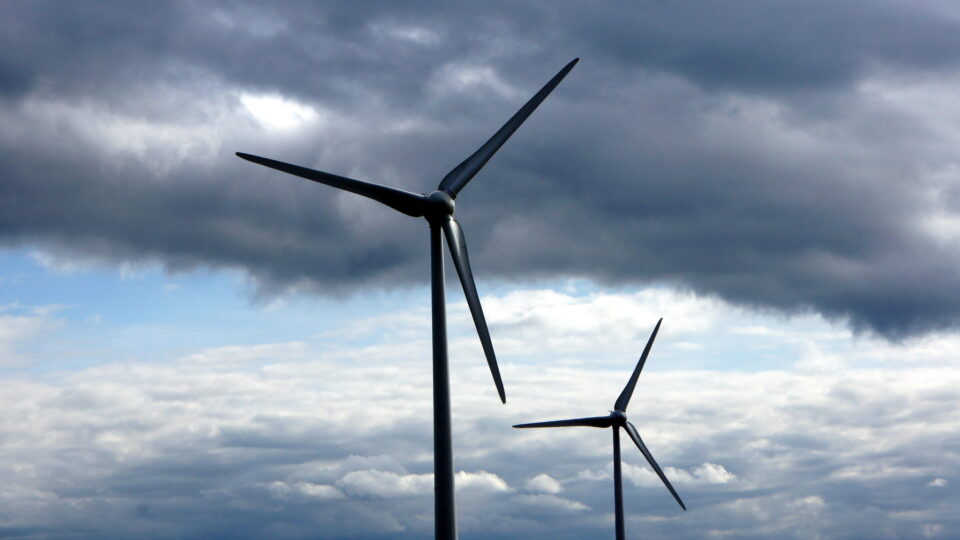Olive oil is a liquid fat obtained by mashing whole olives and extracting the oil. A superfood staple of the Mediterranean diet, olive oil is used in kitchens around the world for frying, sauteing, baking, and as a condiment. It can also be widely found in cosmetics, soaps, and pharmaceutical products.
Globally, 2.6 million tons of olive oil were consumed last year. Spain is currently the world’s largest producer of this “liquid gold,” accounting for 44% of global production. The second largest producer of olive oil is Italy, followed by Greece, Tunisia, Turkey, and Morocco.
But recently, the price of olive oil has been rocketing up. Droughts, wildfires, floods, and heat waves, combined with pests, have punished olive-producing regions around the world. The climate-fueled extreme weather has significantly impacted olive oil production in southern Europe. Olive trees are exceedingly vulnerable to climate change.
Spain, for example, typically produces somewhere between 1.3 to 1.5 million metric tons of olive oil each harvest. However, officials expect a production range of only 830,000 to 850,000 metric tons this season.
This shortage has sent prices soaring. According to the International Monetary Fund, the average price of olive oil has doubled over the past two years. In fact, the price is currently hovering at or around $10,000 per metric ton. And there doesn’t seem to be much relief in sight.
The record-breaking price has also unsurprisingly fueled a surge in crime, with criminals targeting supermarkets, oil mills, and olive groves.
The changing climate continues to threaten food security around the world.
**********
Web Links
‘Liquid gold’: An olive oil shortage is fueling record prices and food insecurity fears
Extra virgin olive oil prices tipped to top £16 a litre next month
Photo, posted October 29, 2015, courtesy of the U.S. Department of Agriculture via Flickr.
Earth Wise is a production of WAMC Northeast Public Radio



















